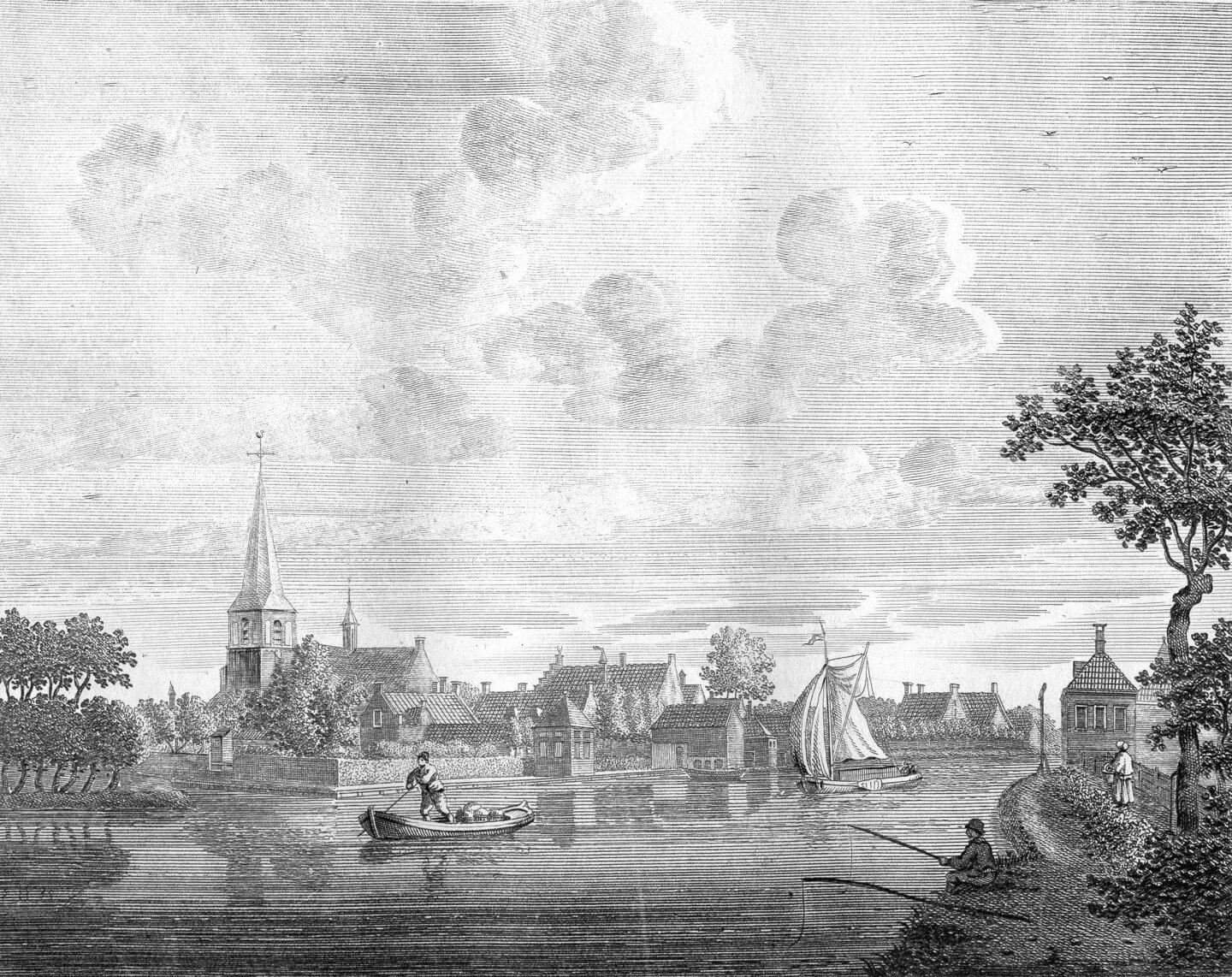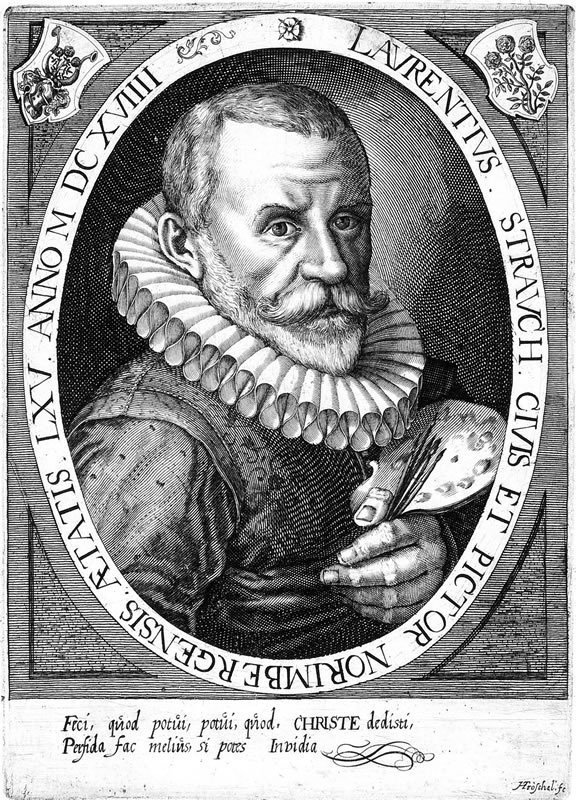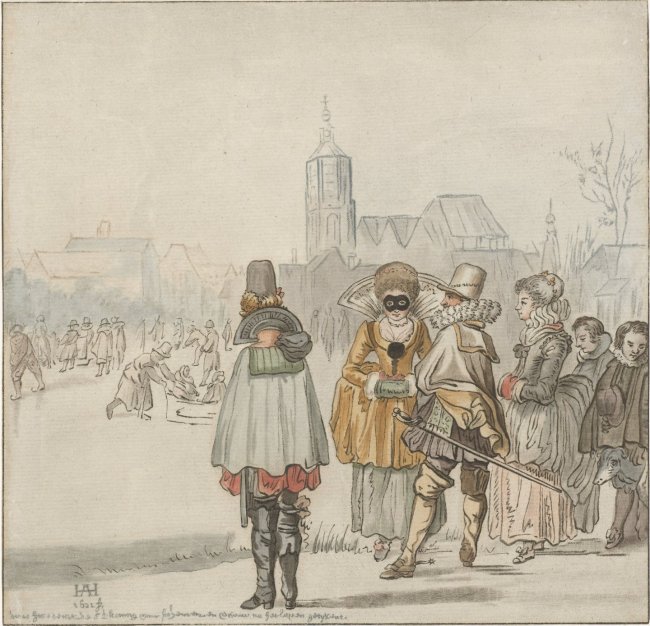Niklaus Manuel (or Niklaus Manuel Deutsch, 1484? - 1530) was mainly active in Berne and is regarded as one of the foremost Swiss Renaissance artists.#

Also of interest are his countless small, miniature-like woodcuts for book illustrations that feature a wealth of carefully-detailed lively figures and were repeatedly, sometimes posthumously, used in books published at Basle. Unlike his son, Hans Rudolf Manuel (or Hans Rudolf Manuel Deutsch, 1525-1571), Niklaus executed only a small number of woodcuts, focusing instead on paintings and drawings.
Although he remained in Berne he produced countless woodcuts for books published by printers resident in Basle, among them Johannes Oporin, Heinrich Petri and Johannes Froben; Niklaus thus helped to fill the gap left by Hans Holbein's permanent move to England in 1532 and Conrad Schnitt's death in 1541.
Hans Rudolf Manuel's best-known prints are his topographical views for Sebastian Münster's Cosmographie (Petri 1550), and the woodcuts for Rudolf Agricola's De Metallica (Froben 1556). In addition to book illustrations he also produced a number of mostly large-scale autonomous woodcuts, some of which are based on works by his father. These compositions document the eclectic nature of his work; until now his impressive graphic oeuvre had not received the art-historical attention it deserves, being mined primarily as a source for cultural and historical studies. This book, published in the series "New Hollstein German", hopes to remedy this.



